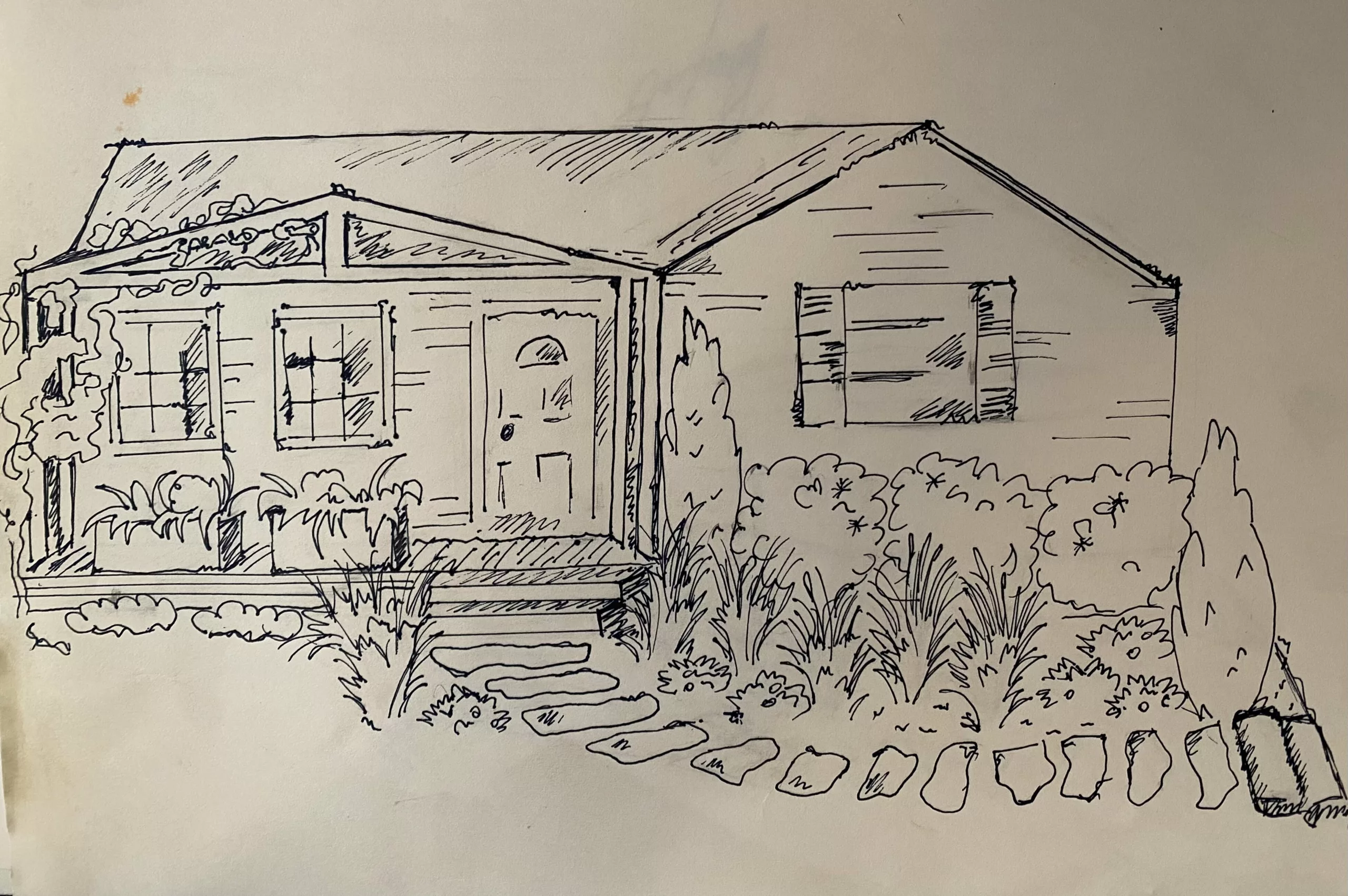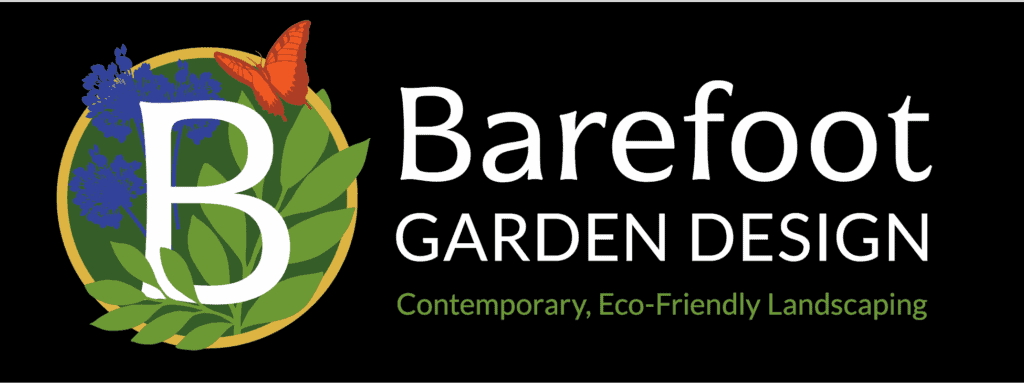Are you looking for the best native plants to add to your garden in gardening zone 6? Continue reading this piece to learn about native plants, hardiness zone 6, and hardy plants.
Native plants are the cornerstone of biological diversity. They are critical for providing shelter and food to native animals, birds, and insects. A native plant’s symbiotic relationship with native wildlife makes it a sustainable habitat. As such, growing these plants helps restore ecological balance and support regional wildlife naturally.
Besides, native plants are also environmentally friendly as they require less water and can thrive without pesticides and fertilizers. Endemic to their particular region, these plants evolve and adapt to the climatic conditions. As a result, they do not demand extra care during weather changes and adjust well to harsh weather conditions as well.
They are an excellent option to transform your home garden into a more sustainable one. Continue reading this piece to learn about the best native plants for zone 6.
Hardiness Zone 6 Gardens
Native plants promote a healthy surrounding environment while requiring much less maintenance. But not all native plants will thrive in hardiness zone 6. Typically, zone 6 plants do well in average minimum temperatures between -10 F and 0 F.
Let’s have a look at your best native plant options.
Black-Eyed Susan
Rudbeck Hirta, commonly known as Black-Eyed Susan, is a sun-worshipping flowering plant native to Central and Eastern North America. The North American flowering plant belongs to the family Asteraceae.
It is a lovely native plant addition to colorful gardens for several reasons. Firstly, the Black-Eyed Susan has a beautiful, bright-yellow wildflower with a black center all year. The perky color of petals and velvety foliage can brighten up any outdoor space.
Furthermore, Rudbeck Hirta is self-seeding, drought-resistant, and heat-tolerant. In other words, it requires little care from the gardener. The plant thrives well in partial to full sun and grows in various neutral soils.
Bellwort
Also commonly known as ‘wild oats,’ Bellwort is native to Eastern North America. The low-hanging perennial is a common sight in wild woods, but the flowers look stunning in home and office gardens as well.
The native plant produces hanging, bell-shaped, butter-yellow flowers during spring, between April and June. The unusual yellow flowers and oval, delicate leaves can instantly add a wild twist to your garden.
The plants need rich soil, plenty of moisture, and partial sunlight to produce fresh flowers. However, you will need to look out for excessive moisture.
River Birch
Betula Nigra, commonly known as River Birch, is a fast-growing tree species native to North America. The tall native tree is a famous plant near river banks and wet landscape areas.
It is an excellent garden tree for gardeners with water on their property. You can line your property with River Birch trees to get tall native trees in around two to three years.
Sow River Birch seeds or plant a sapling in your yard. You must add heavy mulch near the tree’s roots to ensure wet and cool roots.
Mayapple Wildflower
Podophyllum Peltatum or Mayapple Wildflower is a unique fruit-bearing plant. It is a common woodland plant that grows natively in deciduous forests across Texas and Eastern North America.
In nature, the bright green foliage of this woodland creates a thick carpet in the forests. Its umbrella-like leaves look incredible in gardens.
Mayapple Wildflower thrives well in partial shade and dry weather.
Big Bluestem
Andropogon Gerardi, commonly known as Big Bluestem, is a North American native to hardy zones 4 to 9. Best suited in arid climates, the warm season grass perfectly accents flower beds, property borders, and even herb gardens.
In nature, Big Bluestem grows in arid woods, so sandy and loamy soil varieties will be ideal. However, the perennial grass is trouble-free when it comes to sunlight and adapts to both partial shade and full sun conditions.
Cardinal Flower
Native to Wisconsin, Michigan, Ohio, Missouri, Iowa, Illinois, and Indiana, Lobelia Cardinalis is found in hardy zones 2 to 9. However, the perennial wildflower can also often survive in zones 1 and 10.
Also known as Cardinal Flower Plant, it gets its name from the red blossoms that resemble the robe of a cardinal. The trumpet-shaped flowers paired with dark green foliage add an appealing visual interest to home and office gardens.
The Cardinal Flower plant thrives well in full sun and favors moist, rich soil.
Bottom Line
Experts suggest opting for native plants to create eco-friendly home gardens. These plants support native wildlife, require less maintenance, and do well without chemicals that are harmful to the environment.
Zone 6 is unique due to its diversity; these plants include everything from perennials and annuals to trees and bushes. Black-Eyed Susan, Bellwort, River Birch, and Mayapple Wildflower are excellent zone 6 plants to add to your outdoor space.







